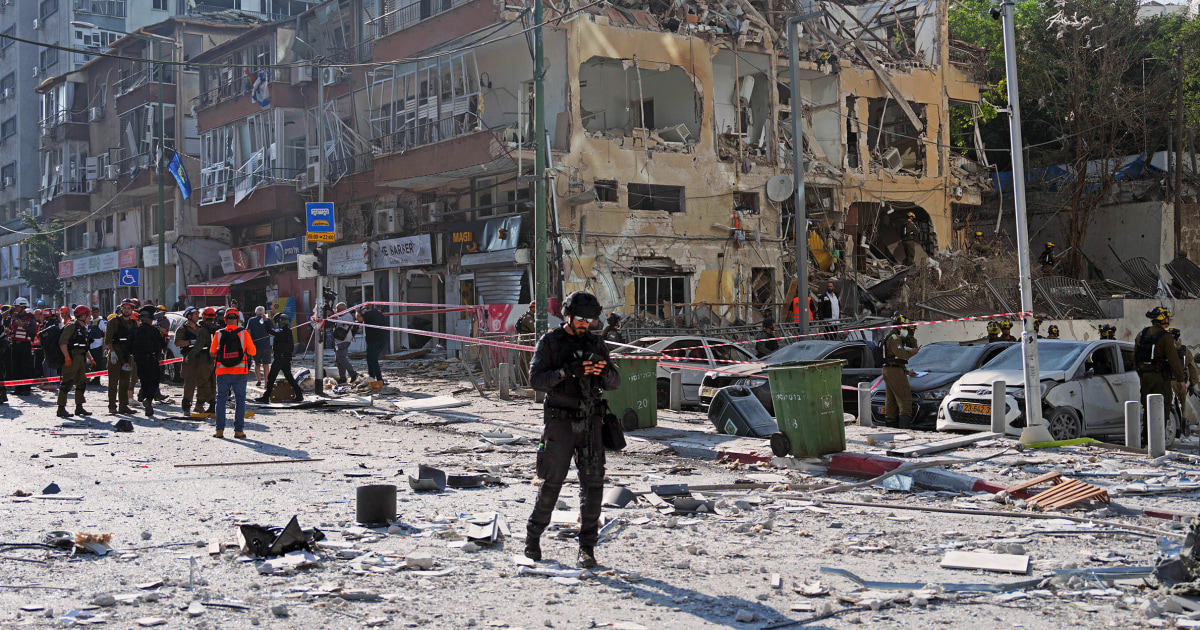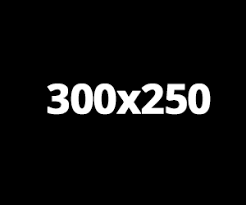The Complexity of U.S. Strikes Against Iran: Analyzing Trump’s Calculated Delay
President Donald Trump’s decision to refrain from making a quick call on military strikes against Iran may seem perplexing on the surface, but evaluating the strategic landscape reveals profound risks that come with escalating tensions. Aligning the U.S. military with Israel in an overt confrontation against Iran could drag the United States into a protracted conflict, a scenario that many strategists view with caution.
Regional Perspectives: Kurdish Hope and Hesitation
In the northern region of Iraq, particularly among the Kurdish population, there was a palpable sense of disappointment regarding Trump’s hesitance to act decisively. On the ground, leaders like Hossein Panah Zadeh, head of the socialist nationalist PAK Party Azadi Kurdistan, expressed concerns that a firm stance from the U.S. could catalyze a significant uprising against the Iranian regime. “We would want the U.S. to back us,” he declared in a recent interview with NBC News, emphasizing the importance of American support for Kurdish aspirations.
The Underlying Kurdish Aspirations
Kurdistan, a region straddling parts of Turkey, Iraq, Syria, and Iran, has a history of seeking autonomy and, at times, outright independence. The Kurdish population in Iran, in particular, has been advocating for greater rights and freedoms, often facing brutal repression. This ongoing struggle has fostered a vision of a more self-determined future, one that could thrive in the absence of an oppressive regime.
Israel’s Role and the Push for Regime Change
Adding another layer of complexity to this situation is Israel’s fervent advocacy for regime change in Iran. The Israeli government perceives Iran as not just a regional adversary but an existential threat. This has fueled a multifaceted approach that combines military actions with diplomatic efforts aimed at destabilizing Iran’s ruling power. Such maneuvers often create a narrative that underscores the importance of American support, yet they also heighten the stakes for U.S. involvement.
Tragic Catalyst: The Death of Mahsa Amini
The recent protests following the tragic death of Mahsa Amini—a 22-year-old Kurdish-Iranian woman—after her arrest for allegedly violating Iran’s strict dress code have served as a galvanizing moment. Her death sparked widespread outrage and demonstrations across the country, signaling deep-seated dissatisfaction with the Iranian regime. The brutal crackdown on these protests further exacerbated tensions, illuminating the urgent need for international support from countries like the United States.
Strategic Timing: Risks of a Hasty Decision
While Israel may continue its military operations against Iranian interests, Trump’s measured approach allows for a more strategic positioning of U.S. forces and resources. A hasty decision to engage militarily could have dire consequences, potentially destabilizing not just Iran, but the broader Middle East. The focus appears to be on assessing the ramifications of any military action and weighing the long-term consequences against immediate responses to regional provocations.
Current Dynamics of Opposition
Despite the various factions within Iran opposing the current regime—ranging from ethnic groups like the Kurds to more secular elements—their ability to mobilize for effective action remains limited. Trump’s delay in decision-making might afford these groups a chance to consolidate their strategies and, possibly, coordinate efforts, especially if there’s perceived support from the U.S.
Conclusion: A Tension-Filled Status Quo
The ongoing tension between the desire for military action and the need for strategic caution underscores a complex interplay of interests and aspirations. As the Kurdish population in Iraq hopes for a shift in U.S. policy, the broader implications of any U.S. involvement in Iran remain fraught with risk and uncertainty. While Israel presses on with its objectives, the opposition within Iran may find its own path forward, albeit with patience. The geopolitical chessboard continues to shift, but clarity of purpose is essential for all stakeholders involved.


